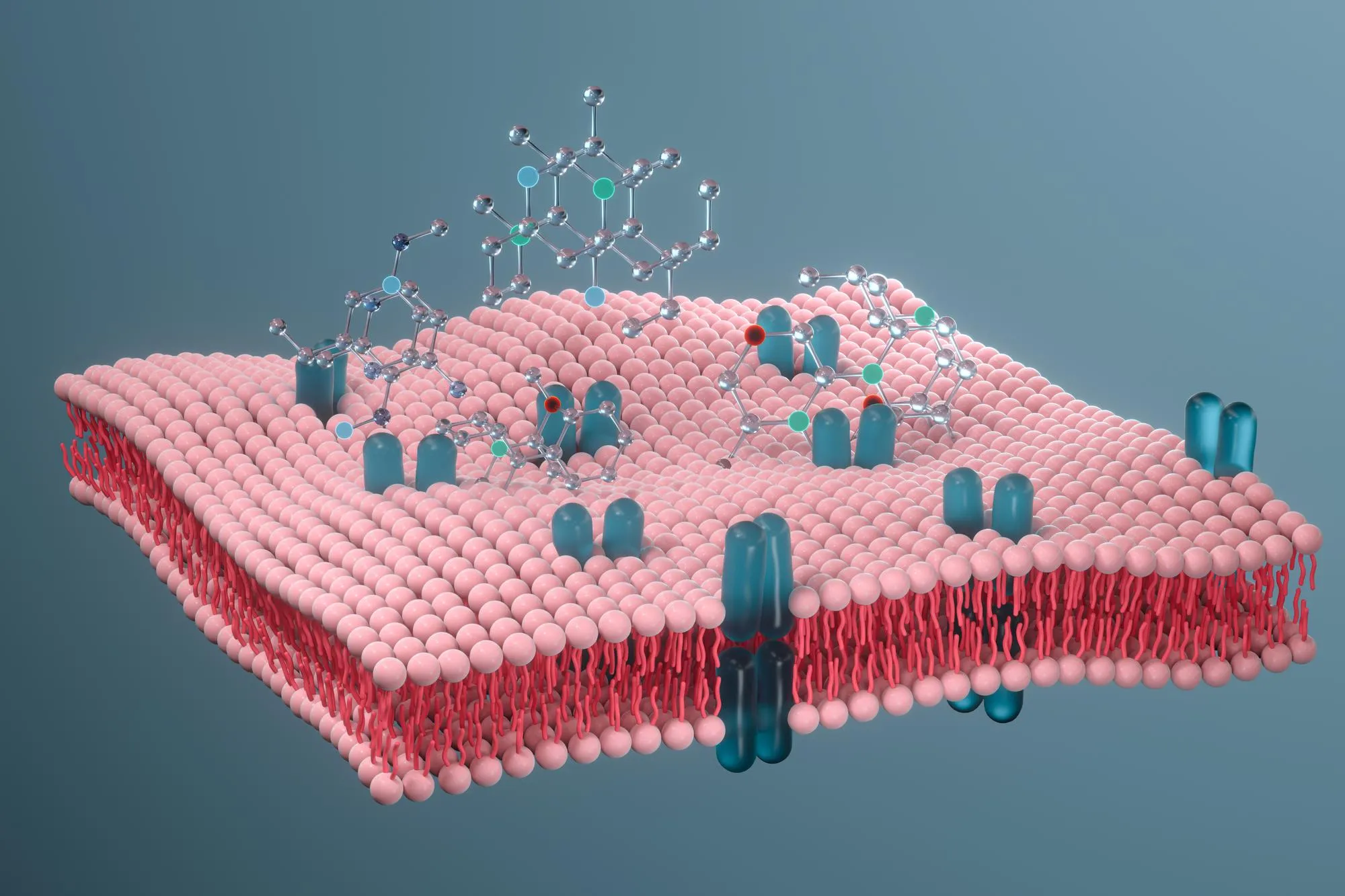In recent groundbreaking research published in Nature Communications, scientists shed light on the kinetic constraints in the assembly process of the membrane attack complex (MAC), an essential component of the immune system that targets and destroys invading pathogens by creating pores in their cell envelopes. The study, undertaken by a team led by scientists from the London Centre for Nanotechnology, University College London, and other institutions across the UK and Switzerland, provides insights into the rate-limiting steps of MAC assembly and the protective role of the human cell surface receptor CD59.
DOI: 10.1038/s41467-019-10058-7
Original Article: “Single-molecule kinetics of pore assembly by the membrane attack complex.” (Parsons et al. 2019, Nature Communications)
Keywords
1. Membrane attack complex
2. Pore formation kinetics
3. CD59 receptor role
4. Complement system proteins
5. Single-molecule imaging
The immune system’s ability to combat microbial invaders hinges on intricate molecular mechanisms involving a plethora of proteins and pathways. One such potent defensive mechanism is the formation of the membrane attack complex (MAC) – a multimeric structure that targets and eliminates pathogens by puncturing their protective outer layers. However, the intricate kinetic processes involved in MAC assembly have been shrouded in mystery, until a team of scientists embarked on a research odyssey to elucidate these crucial steps. Their findings were recently published in the prestigious journal Nature Communications.
The study, led by Edward S. Parsons and Bart W. Hoogenboom of the London Centre for Nanotechnology, University College London, with a collaborative team from Imperial College London, University of Leeds, and the Swiss Federal Institute of Technology Lausanne, utilized cutting-edge single-molecule imaging and rapid atomic force microscopy (AFM) to observe the kinetics of MAC formation in real-time. This research, supported by grants from the UK’s Engineering and Physical Sciences Research Council (EPSRC), Biotechnology and Biological Sciences Research Council (BBSRC), Medical Research Council (MRC), the EU’s Seventh Framework Programme, and Cancer Research UK, unveils key stages and rate-limiting steps that have so far escaped scientific scrutiny.
The MAC is a lethal weapon employed by the immune system, composed of the complement proteins C5b, C6, C7, C8, and C9. Together, they form a pore that disrupts the cell membrane integrity of bacteria and other pathogens, leading to their destruction. Historically, our understanding of bacterial pore-forming toxins has been significantly more robust than that of MAC, and this study is one of the first to draw parallels between these dissimilar yet structurally called strikingly similar entities.
This comprehensive study identified the initial C9 insertion as the kinetic bottleneck in MAC formation. Following this initial insertion, C9 molecules oligomerize rapidly, completing the formation of the pore. This newly characterized information could open avenues for developing therapeutic interventions aimed at modulating the complement system – a key part of innate immunity.
The protective role of the human cell surface receptor CD59 also gains new light through this study. CD59 can attach to the assembling MAC, curbing its formation to protect the human cell from unintended damage – a critical avoidance of “bystander” injury. The findings suggest that CD59 has the most significant opportunity to intervene after the incorporation of the first C9 molecule before the pore rapidly completes its assembly, providing a defense mechanism against autoimmune reactions.
The article, “Single-molecule kinetics of pore assembly by the membrane attack complex,” not only elucidates the fundamental process of MAC assembly but also exemplifies how contemporary science can investigate the complex ballet of single molecules within a minute framework of space and time traditionally inaccessible to observation. It also sheds light on how such detailed studies can prove transformative in understanding human immune defenses and creating strategies to harness or modulate these mechanisms potentially.
The study resonates with historical scientific literature that emphasized the importance of the complement system and its components – complement C5, C8, and C9 proteins – as understood by pioneers like Paul Ehrlich and Elie Metchnikoff, both Nobel laureates whose work laid the foundations for immunology. Alongside, the present scientific inquiry aligns with contemporary research like that of Harder MJ et al. on incomplete inhibition by eculizumab, indicating that even during strong complement activation, residual C5 activity can be observed – a finding that has implications for diseases such as paroxysmal nocturnal hemoglobinuria.
The understanding of MAC assembly kinetics also holds significance for drug discovery and immunotherapy research, as outlined in Morgan and Harris’s review on complement targets for inflammatory and degenerative diseases. Furthermore, by broadening the knowledge of CD59, related therapeutics could potentially be enhanced, potentially leading to improved treatments for diseases in which the MAC plays a critical role.
The implications of this discovery are expansive in the field of immunology and potentially revolutionary for patient care. Emergent therapies may soon be devised to either enhance the action of the MAC in the case of infections or curb its activity in autoimmune diseases where self-attack is a significant concern.
References
1. Parsons, E. S. et al. Single-molecule kinetics of pore assembly by the membrane attack complex. Nat. Commun. 10, 2066 (2019).
2. Podack, E. R. & Munson, G. P. Killing of microbes and cancer by the immune system with three mammalian pore-forming killer proteins. Front. Immunol. 7, 263 (2016).
3. Morgan, B. P. & Harris, C. L. Complement, a target for therapy in inflammatory and degenerative diseases. Nat. Rev. Drug Discov. 14, 857 (2015).
4. Harder, M. J. et al. Incomplete inhibition by eculizumab: Mechanistic evidence for residual C5 activity during strong complement activation. Blood. 129, 970 (2017).
5. Reis, E. S. et al. Complement in cancer: untangling an intricate relationship. Nat. Rev. Immunol. 18, 5 (2018).
The research by Parsons et al. not only advances our understanding of the immune system’s inner workings but also signals the illuminating power of collaboration across multiple scientific disciplines. With these insights, the scientific community moves one step closer to harnessing the body’s innate defense mechanisms, offering new hope in the battle against disease.
